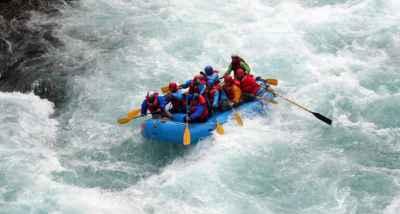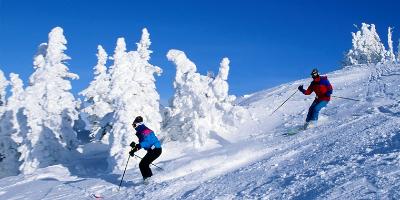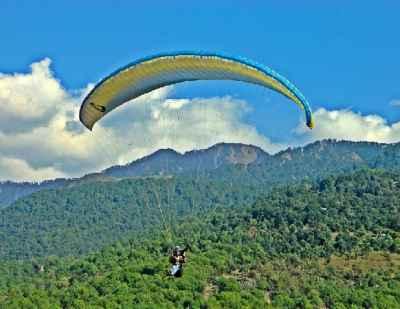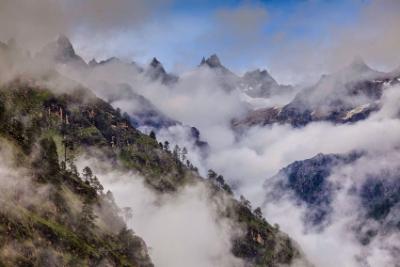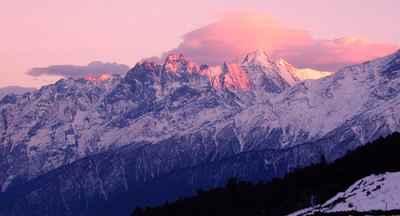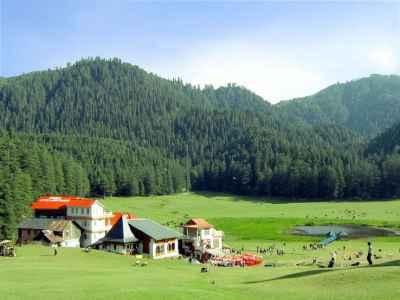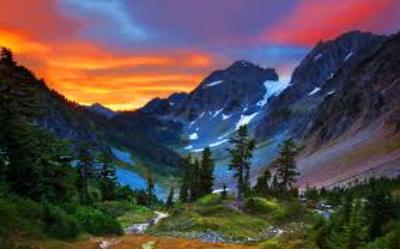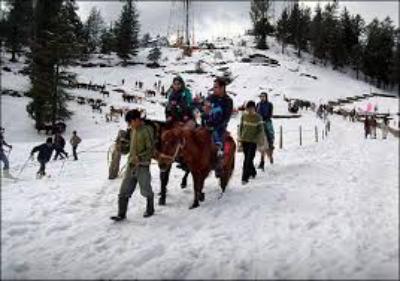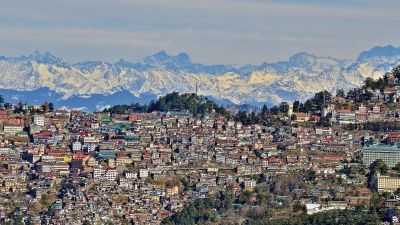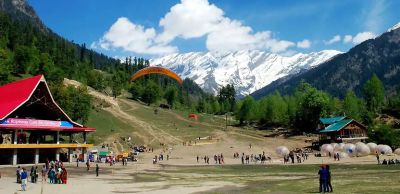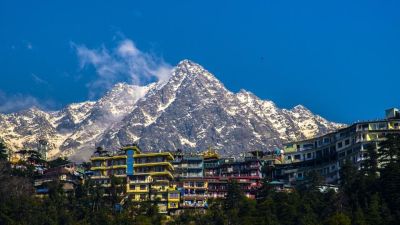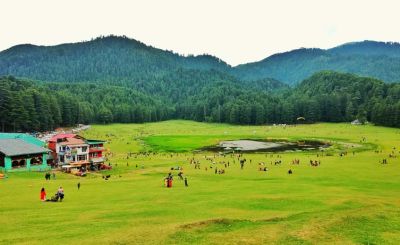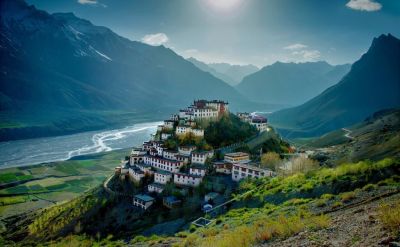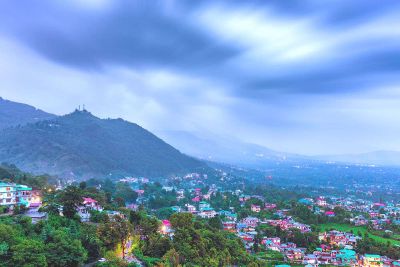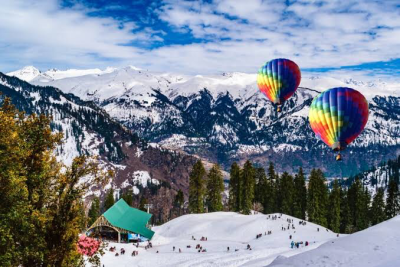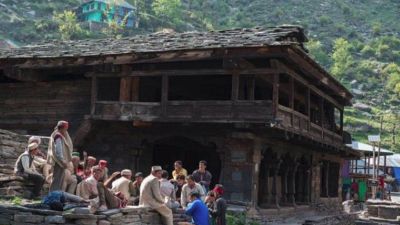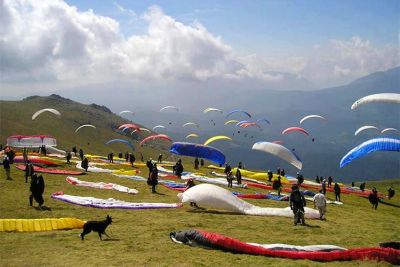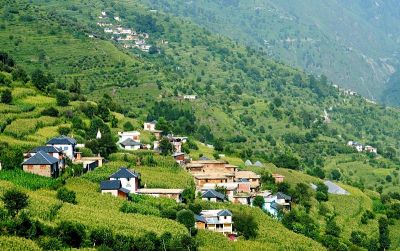Pursuing the Perfect Shot: Wildlife Photography in Himachal Pradesh
Pursuing the Perfect Shot: Wildlife Photography in Himachal Pradesh
Located in the western Himalayas, Himachal Pradesh is a state in northern India known for its breathtaking landscapes and pristine natural beauty. With a varied topography that ranges from snow-capped mountains to lush valleys and dense forests, the state offers abundant opportunities for wildlife enthusiasts and photographers. Himachal Pradesh is home to a diverse range of flora and fauna, making it a haven for nature lovers and wildlife photographers.
Exploring the Wildlife Sanctuaries
One of the best ways to indulge in wildlife photography in Himachal Pradesh is by visiting its numerous wildlife sanctuaries. These sanctuaries not only provide a safe haven for the wildlife but also offer ample opportunities for photographers to capture spectacular shots of the animals in their natural habitat.
Kasauli Wildlife Sanctuary, located in the Solan district, is known for its wide variety of bird species. From colourful Himalayan griffon vultures to the elusive koklass pheasants, this sanctuary is a paradise for birdwatchers and bird photographers. The lush jungle and picturesque landscapes add to the charm of the place.
The Great Himalayan National Park, a UNESCO World Heritage Site, is another must-visit destination for wildlife photography enthusiasts. Spread over an area of 1,171 square kilometers, the park is home to a rich variety of flora and fauna. From the elusive snow leopards to the agile Himalayan tahrs, the park offers a chance to capture some rare and magnificent animal shots. The park is also a birdwatcher's paradise, with over 200 bird species recorded here.
Another popular sanctuary is the Daranghati Sanctuary, located in the Shimla district. This sanctuary is known for its dense deodar forests and is home to a variety of animal species such as musk deer, barking deer, and black bear.
Best Time for Wildlife Photography
The best time to visit Himachal Pradesh for wildlife photography is during the summer months of May and June. During this time, the weather is pleasant and the animals are relatively more active. The lush green landscapes and blooming flowers add to the beauty of the region, making it a perfect setting for capturing stunning photographs.
However, for those specifically interested in capturing shots of snow leopards, the winter months of December to February are ideal. The cold weather and snow-covered landscapes provide a unique opportunity to photograph these elusive creatures.
Tips for Wildlife Photography
1. Patience is Key: Wildlife photography requires a lot of patience. Animals can be unpredictable, so it's important to be prepared to wait for the perfect moment to capture a shot.
2. Know Your Subjects: Researching about the animals you wish to photograph will help you understand their behavior and habitat. This knowledge will enable you to anticipate their movements and capture them in their natural element.
3. Use the Right Equipment: Invest in a good DSLR camera with a telephoto lens to capture details and get closer to the animals without disturbing them. A tripod and a monopod can also be useful to stabilize your shots.
4. Respect Nature: Remember to maintain a respectful distance from the animals and avoid disturbing their natural behavior. Do not litter or harm the environment in any way.
5. Take care of Yourself: Wildlife photography can require long hours of hiking and waiting. Ensure you are well-prepared with proper clothing, food, and water. Good trekking shoes are a must for exploring the rugged terrain.
Conclusion
Himachal Pradesh is truly a paradise for wildlife photographers. With its diverse range of wildlife and breathtaking landscapes, the state offers endless opportunities to capture stunning shots. Whether you are an amateur photographer or a seasoned professional, you will find yourself in awe of the natural beauty that Himachal Pradesh has to offer. So pick up your camera, pack your bags, and embark on a photography adventure in the heart of the Himalayas.
Don't forget to share your incredible photographs and experiences with others, as spreading the beauty of Himachal Pradesh will further inspire others to explore and appreciate the wonders of wildlife and nature.
Disclaimer : The information provided in this blog is for general informational purposes only. While we strive to keep the content accurate and updated, TravelSetu assumes no liability for errors or omissions. If you believe any part of this blog infringes your rights or causes concern, please notify us immediately at info[at]travelsetu[dot]com so that appropriate action can be taken.
